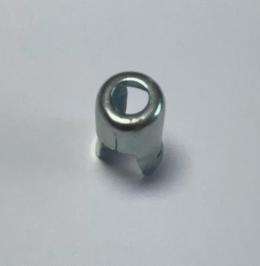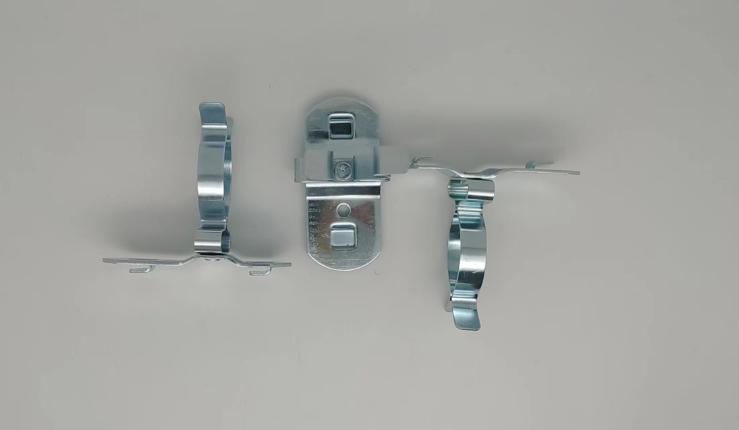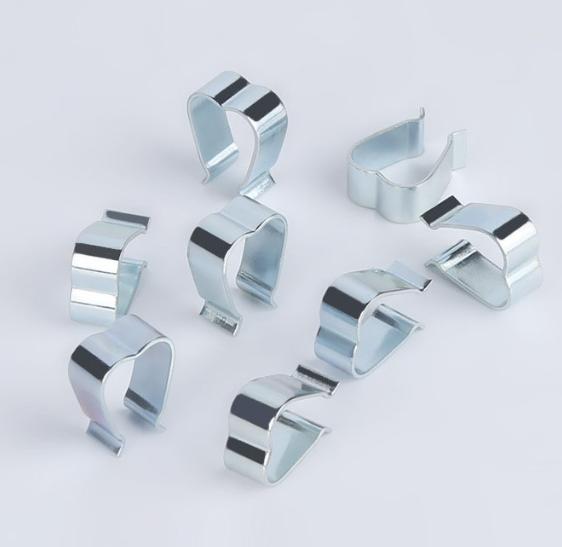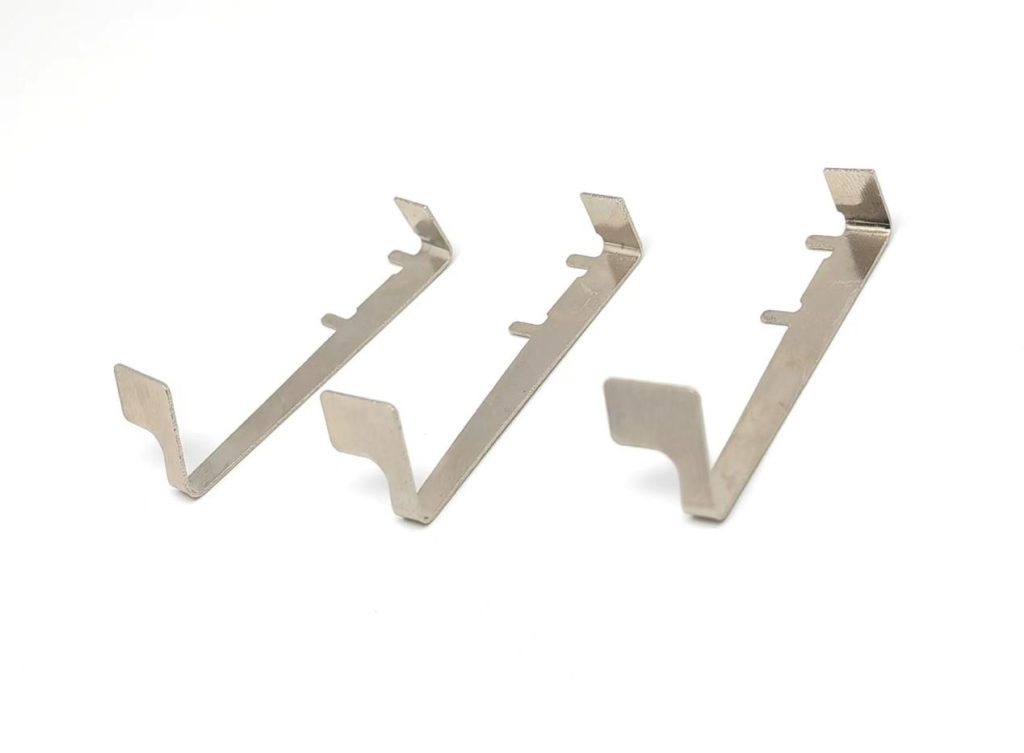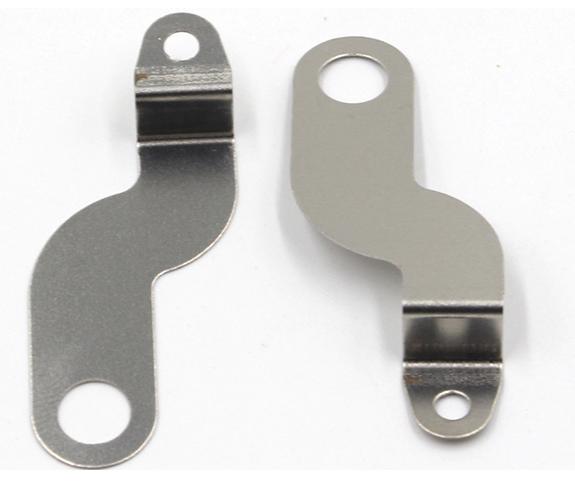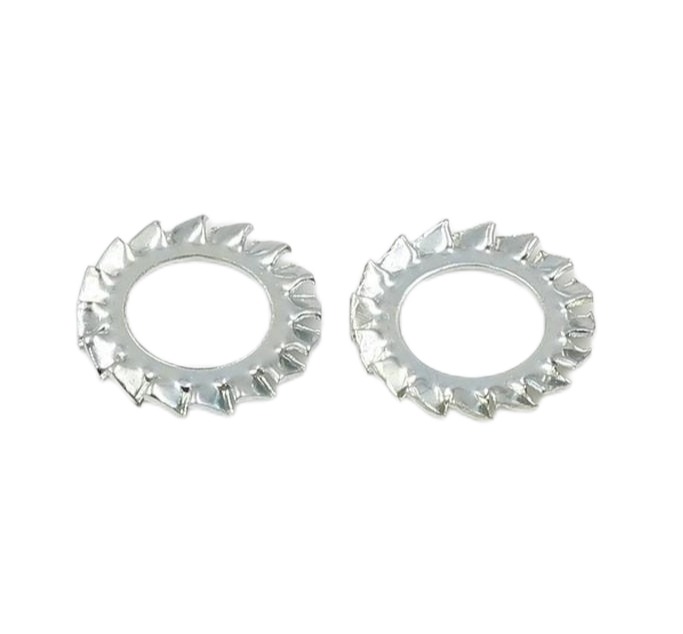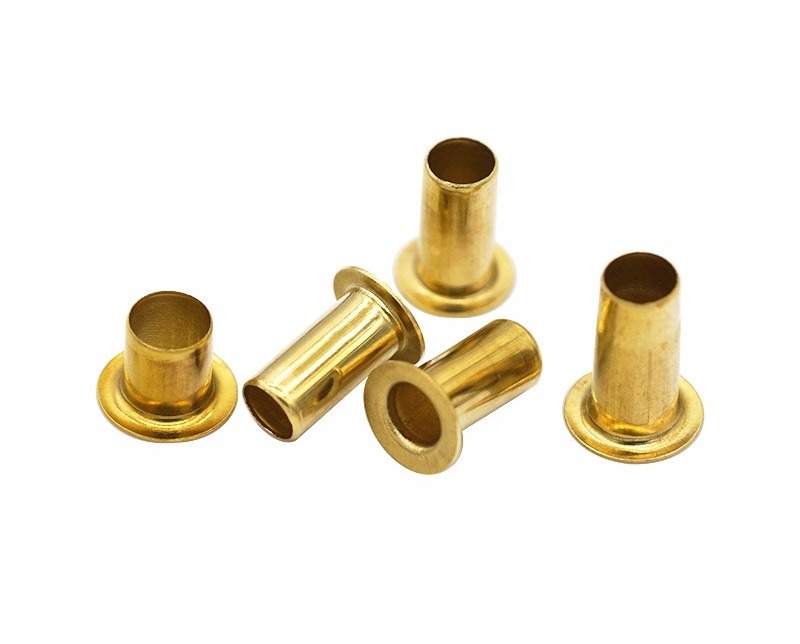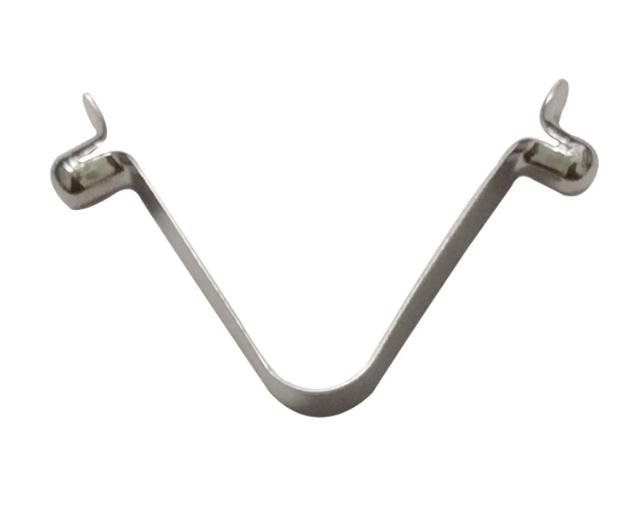Why Choose Metal Stamping for Shielding Cover Fabrication
In the ever-evolving landscape of electronic design, shielding covers play a pivotal role in safeguarding sensitive circuitry from the deleterious effects of electromagnetic interference (EMI) and radio frequency interference (RFI). The material and manufacturing process employed in their fabrication directly influences their efficacy and cost-effectiveness. Amongst a plethora of options, metal stamping emerges as a premier contender, offering a compelling blend of advantages that cater to the stringent demands of modern electronic equipment.
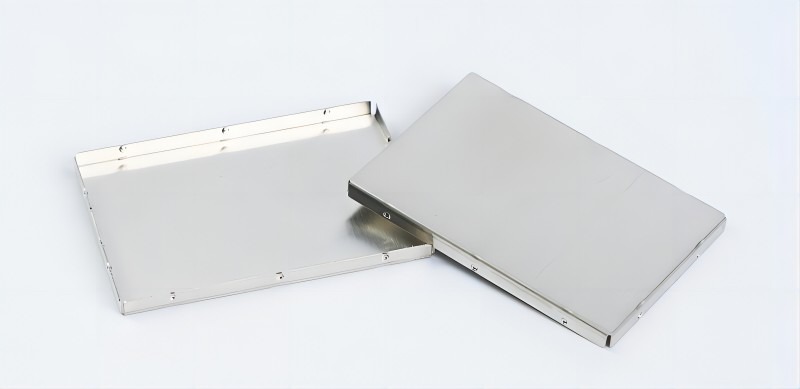
Advantages of Metal Stamping for Shielding Covers
1. Cost Optimization through Efficient Material Utilization and Streamlined Production
Metal stamping, at its core, thrives on minimizing material waste and streamlining production steps. Unlike its counterparts like casting or CNC machining, which often involve excess material removal and intricate machining operations, stamping leverages pre-cut sheets and high-speed presses to achieve the desired form with remarkable efficiency. This translates to significant cost savings, particularly for high-volume production runs.
Furthermore, the inherent speed and repeatability of stamping machines minimize labor requirements and production lead times. This translates to reduced overhead costs and faster time-to-market, giving manufacturers a crucial edge in today’s dynamic market landscape.
2. Precision Forged: Uncompromising Accuracy and Repeatability
The efficacy of shielding covers hinges upon their ability to conform to precise dimensional tolerances. Deviations, however minute, can compromise shielding effectiveness and lead to signal leakage or component malfunction. Metal stamping excels in this domain, employing meticulously crafted tooling sets that guarantee consistent part geometries and feature replication. This unwavering precision ensures optimal shielding performance and eliminates the risk of non-conforming enclosures slipping through the cracks.
The inherent rigidity of stamping tooling further minimizes dimensional drift, even during high-volume production runs. This unwavering accuracy stands in stark contrast to processes like casting, where shrinkage and warpage can introduce unwanted variability.
3. Material Versatility: A Spectrum of Options for Tailored Shielding Solutions
The beauty of metal stamping lies in its material versatility. From the stalwart workhorse, low-carbon steel, to the high-conductivity champion, copper, and the lightweight contender, aluminum, a plethora of metals grace the stamping stage. Each material brings its own unique set of properties to the table, allowing engineers to tailor the shielding cover to the specific application’s demands.
For instance, applications requiring robust mechanical strength and minimal EMI attenuation might favor the stalwart steel, while those prioritizing optimal conductivity and weight reduction might find solace in the embrace of copper. Aluminum, on the other hand, offers a compelling blend of moderate strength, good conductivity, and excellent formability, making it a versatile choice for a wide range of applications.
4. Design Freedom: Sculpting Functionality and Aesthetics
Beyond mere material selection, metal stamping empowers engineers to sculpt shielding covers into intricate forms that seamlessly integrate functionality and aesthetics. The process readily lends itself to the creation of louvers for heat dissipation, embossings for structural reinforcement, and flanges for secure mounting. Additionally, the ability to incorporate complex features like snap-fit closures or grounding tabs fosters user-friendly assembly and enhances overall system integrity.
This design flexibility stands in stark contrast to processes like machining, where intricate geometries often necessitate multiple passes and specialized tooling, translating to increased cost and lead times. With stamping, the desired form emerges from the press in a single stroke, a testament to its inherent efficiency and design prowess.
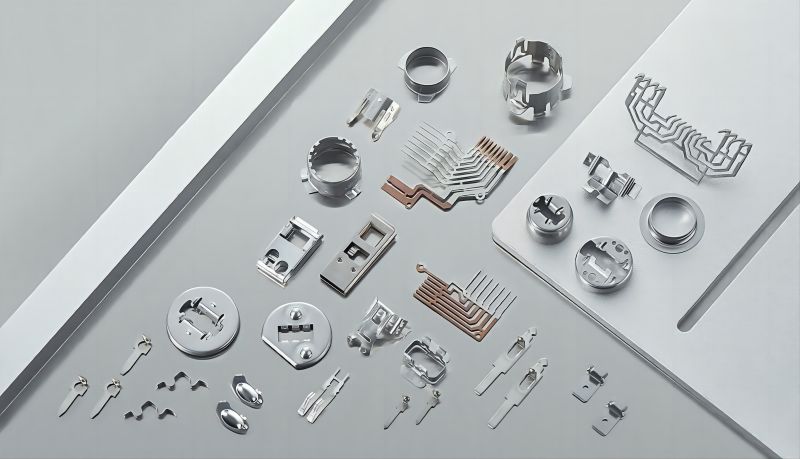
5. Strength and Durability: Robust Enclosures
The shielding cover’s primary function extends beyond mere EMI mitigation; it serves as a sentinel, safeguarding sensitive electronics from the harsh realities of the operational environment. Vibrations, impacts, and thermal fluctuations can pose significant threats to component integrity. Metal stamping, through its ability to create parts with inherent strength and rigidity, stands tall in the face of these challenges.
The cold-working nature of the stamping process enhances the material’s yield strength, making it more resistant to deformation under stress. Additionally, the ability to incorporate features like ribs and gussets further bolsters the structural integrity of the enclosure, enabling it to withstand significant mechanical loads. This robust construction stands in stark contrast to enclosures fabricated from less resilient materials, such as plastics, which may succumb to physical stresses, compromising the protected electronics within.
6. Secondary Processes: Enhanced Performance and Aesthetics
These secondary processes act as the final brushstrokes, transforming the functional shield into a visually appealing and performance-optimized component. For applications demanding superior thermal management, thermal paste or phase-change materials can be strategically applied to specific areas of the cover, facilitating efficient heat dissipation from sensitive components. Conversely, conformal coatings can be utilized to provide an additional layer of protection against environmental contaminants and harsh operating conditions.
The intricate interplay between material selection, stamping design, and secondary processes culminates in a shielding cover that not only meets but exceeds functional requirements. This bespoke approach empowers engineers to create enclosures that are as aesthetically pleasing as they are technically proficient. From the sleek, minimalist lines favored in consumer electronics to the rugged, textured finishes demanded by industrial applications, stamping readily adapts to meet the diverse demands of modern design aesthetics.
Comparison of Fabrication Methods for Shielding Covers
While metal stamping reigns supreme in many contexts, other fabrication methods have their place in the arsenal of shielding cover creation. Let us delve into a comparative analysis of three prominent contenders: casting, machining, and plastic injection molding. Here is a summary table as follows:
| Feature | Metal Stamping | Casting | Machining | Plastic Injection Molding |
| Cost | Most cost-effective for high volume | Cost-effective for high volume, simple geometries | Expensive, especially for complex shapes | Moderate cost, fast prototyping |
| Precision | High, consistent tolerances | Low, often requires post-processing | High, but time-consuming and expensive | Moderate, some shrinkage and warpage possible |
| Material Options | Wide range of metals with diverse properties | Limited to alloys with low melting points | Any machinable material | Limited to thermoplastics |
| Design Flexibility | High, can incorporate complex features | Low, limited to simple shapes | High, but time-consuming and expensive | High for intricate shapes, but limited conductivity and strength |
| Suitability for Shielding | Excellent for EMI mitigation | Limited, conductivity depends on alloy | Poor conductivity, not ideal for shielding | Not suitable for EMI mitigation |
| Advantages | Cost-effective, precise, versatile, design flexibility | Fast for high volume, simple shapes | Precision, design flexibility | Fast prototyping, intricate shapes |
| Disadvantages | Limited for complex shapes with low volume | Low precision, limited materials | Expensive, time-consuming | Limited conductivity and strength, not ideal for shielding |
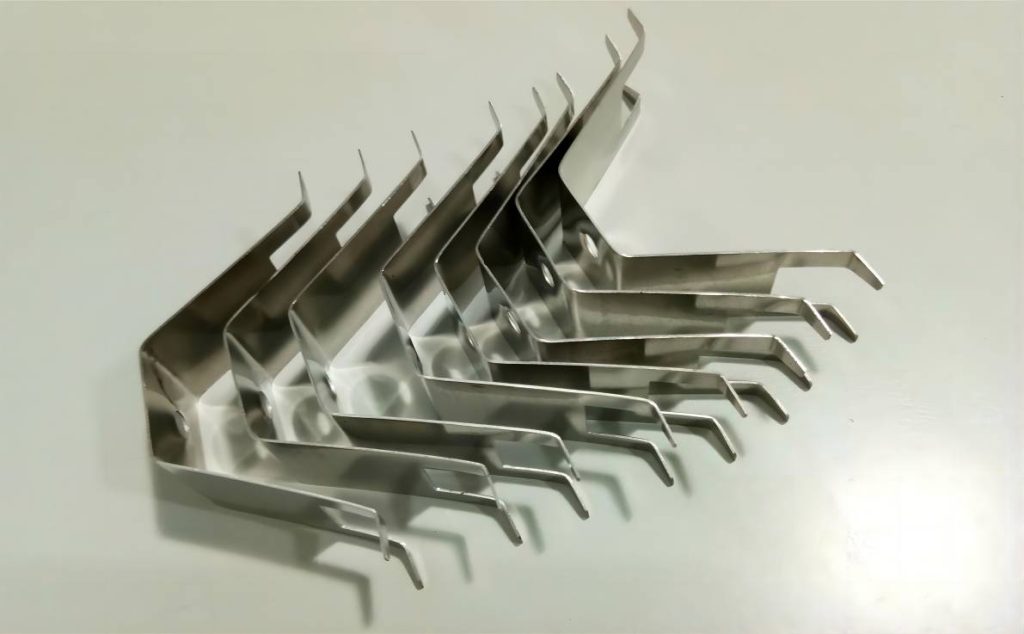
Applications of Metal Stamped Shielding Covers
Metal stamping’s prowess in shielding cover fabrication extends far beyond a singular domain, permeating diverse industries and applications. Let us illuminate its pivotal role in five distinct arenas:
1. Electronics: The beating heart of the modern world, electronic devices rely heavily on the unwavering efficacy of stamped shielding covers. From the meticulously crafted enclosures safeguarding sensitive circuitry in smartphones and laptops to the robust chassis protecting industrial control systems, stamping ensures signal integrity and mitigates EMI, enabling flawless operation and safeguarding vital components. Tight dimensional tolerances and material options like high-conductivity copper or aluminum optimize signal transmission, while design flexibility allows for the integration of heat sinks and cooling features, ensuring thermal stability.
2. Telecommunications: The invisible threads that weave the tapestry of global connectivity necessitate the steadfast protection offered by stamped shielding covers. In base stations and network equipment, intricate enclosures crafted through stamping shield sensitive electronics from external noise and interference, ensuring signal purity and data integrity. The ability to incorporate louvers for heat dissipation and weatherproofing further enhances equipment reliability, enabling uninterrupted communication across vast distances.
3. Automotive: In the ever-evolving realm of the automobile, where electronic components play an increasingly crucial role, stamped shielding covers serve as indispensable guardians. From engine control units shielded against electromagnetic interference to intricate enclosures protecting vulnerable sensors in advanced driver-assistance systems, stamping ensures flawless operation and optimal performance. Robust designs withstand the harsh operating environment of the engine bay, while lightweight materials minimize weight and enhance fuel efficiency.
4. Medical: In the sacred domain of healthcare, where precision and reliability are paramount, stamped shielding covers play a critical role in safeguarding life-saving equipment. From the intricate shields protecting sensitive circuitry in diagnostic imaging machines to the robust enclosures housing medical implants, stamping ensures uninterrupted operation and protects against EMI, safeguarding both patients and medical personnel. Biocompatible materials and precise geometries further minimize patient risks and ensure the smooth functioning of critical medical devices.
5. Military: In the demanding world of defense, where equipment must withstand extreme conditions and perform flawlessly under pressure, stamped shielding covers stand as unwavering sentinels. From the rugged enclosures protecting avionics in fighter jets to the EMI-shielded casings safeguarding radar and communication systems on military vehicles, stamping delivers the robust performance and design flexibility required for mission-critical applications. Lightweight materials minimize payload while maintaining structural integrity, and the inherent durability of stamped shields stands firm against harsh environmental factors and potential physical impacts.
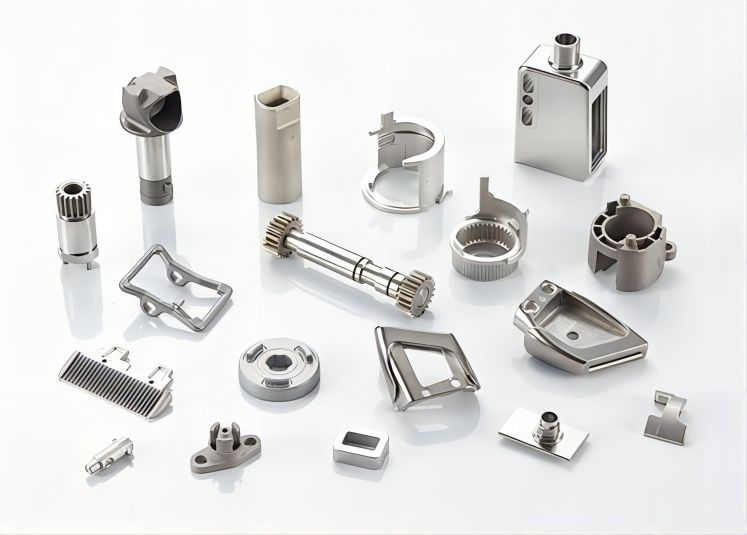
In conclusion, metal stamping stands as a compelling choice for shielding cover fabrication. Its unwavering combination of cost-effectiveness, precision, versatility, and strength renders it an ideal candidate for a wide spectrum of applications. As the field continues to embrace innovation, we can confidently expect even more sophisticated and efficient stamped shielding solutions to emerge, safeguarding the integrity of electronic systems and enabling the further advancement of technology in all its diverse forms.

